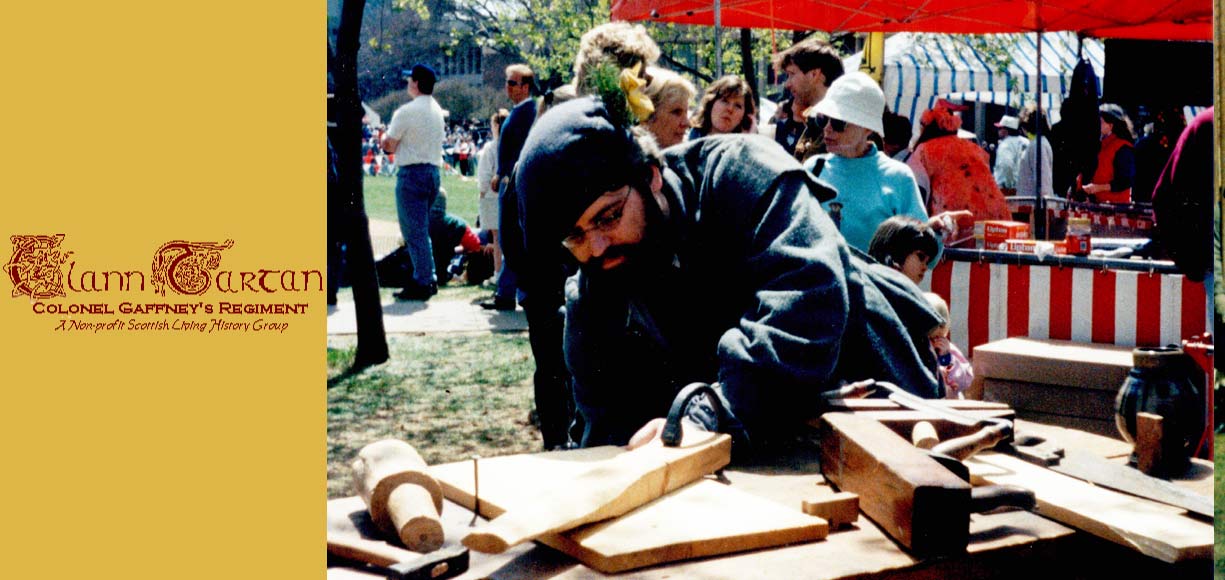The History of the Sappers
A sapper, according to The Oxford English Dictionary, is "a soldier employed in working at saps, the building and repairing of fortifications, the execution of field-works, and the like." The same dictionary states that the word sap may mean, "the process of undermining a wall or defensive work," "the process of constructing covered trenches in order to approach a besieged place without danger from the enemy's fire," or "a covered trench made for the purpose of approaching a besieged place under the fire, of the garrison."
The English word sap was used in the military sense as early as 1591 by an English ambassador to the French court who was reporting on the siege of Rouen during the French wars of religion. The ambassador spelled the word zappe and sappe after the Italian and French words from which it derived. Although the Italian word zappa had long been used to denote a garden hoe, it was first applied to a military trench early in the 16th century. Prior to this time, the men performing the tasks of siege warfare were called siege engineers and pioneers.
The art of military engineering changed rapidly after gunpowder was introduced into European warfare in the 15th and 16th centuries. Before that time, armies could attack Europe's forts and fortified cities either by storming the walls or by denying provisions to the defenders by a lengthy siege.
Sixteenth-century commanders discovered they could have trenches or tunnels dug to the walls of a fort and there emplace large explosive charges that would destroy those walls. As European manufacturers developed heavy bronze and cast-iron artillery pieces, commanders gradually began using trenches to bring their big guns within range of the besieged fort without exposing them to direct fire from the emplaced batteries from the fort. The trenches used for advancing artillery were called saps, and the men who dug them became known as sappers. The men who placed the explosive mines under the walls of the fortifications were called miners.

